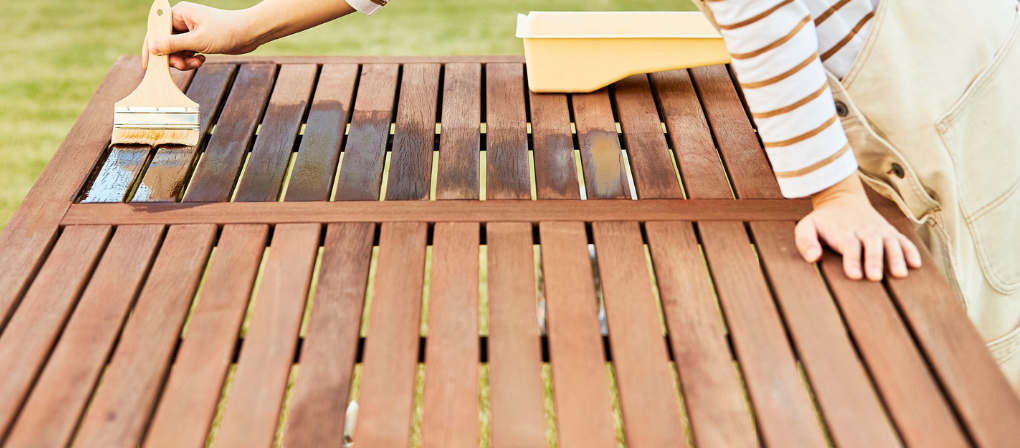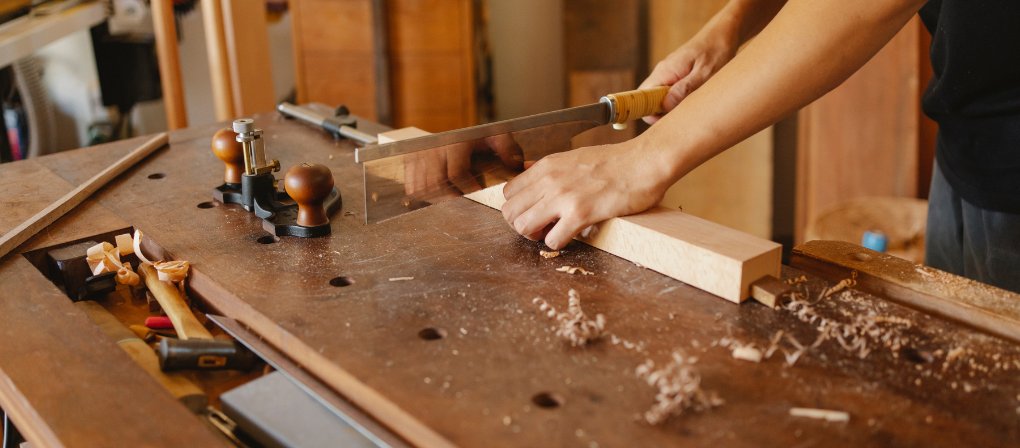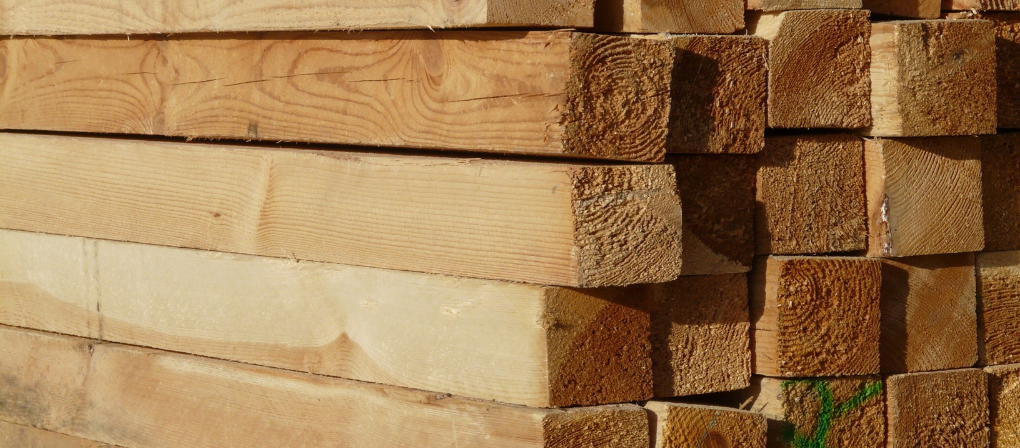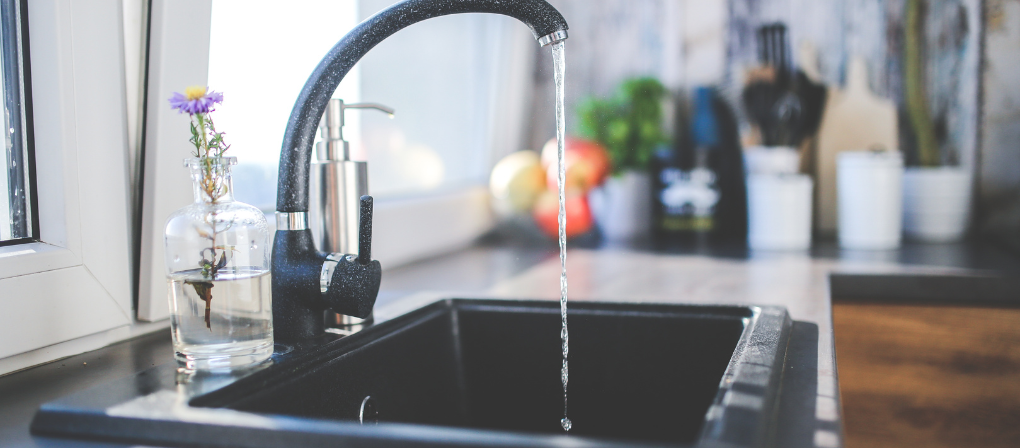A well-maintained deck is the perfect outdoor retreat, but over time, weather exposure and heavy use can cause it to fade, splinter, and crack. If your deck has seen better days, applying deck paint is an affordable and effective way to restore it to its former glory.
With the right tools, materials, and guidance from Build it Gansbaai, you can complete this project over a weekend, leaving your deck looking fresh, durable, and ready for years of enjoyment.
In this guide, we’ll walk you through everything you need to know about choosing and applying deck paint, from preparation to the final coat.
Whether you’re a DIY enthusiast or tackling your first project, this article will provide step-by-step instructions and answer common queries about restoring your deck.
What Is Deck Paint?
Deck paint is a specially formulated coating designed to protect and revitalize wooden decks.
Unlike regular paint, deck paint is thicker and contains added materials such as acrylic, sand, or aluminium solids that create a durable, textured surface.
This coating fills in cracks, covers splinters, and forms a water-resistant barrier to shield your deck from moisture and UV damage.
Benefits of Deck Paint:
- Enhanced Durability: Protects wood from wear, cracking, and fading caused by weather exposure.
- Safety: Provides a slip-resistant surface, making it safer to walk on, even when wet.
- Aesthetic Appeal: Revitalizes your deck with a fresh, clean appearance in your chosen colour.
- Long-Lasting Results: With proper application, high-quality deck paint can last up to 12 years without needing reapplication.
Tools and Materials You’ll Need
To achieve a professional finish with deck paint, you’ll need the following tools and materials:
Tools:
- Paint tray
- Paint rollers (one for every 15 litres of paint)
- Paintbrushes
- Safety glasses
- Firm scrubbing brush
- Roller extension pole
- High-pressure hose (available for rent if you don’t own one)
Materials:
- Masking tape
- Plastic sheeting
- Acrylic caulk (for filling cracks)
- Deck cleaner (manufacturer-recommended for compatibility)
- Deck paint (restoration coating)
- Paint stirring sticks
Step 1: Choosing the Right Deck Paint
Selecting the best deck paint for your project is the foundation of success. At Build it Gansbaai, we highly recommend Woodoc Water-Borne Deck for its superior performance and durability.
Why Woodoc Water-Borne Deck Paint?
- Developed in South Africa with advanced international technology.
- High UV protection to withstand the harsh African sun.
- Designed specifically for wooden decks and staircases, offering long-lasting beauty and protection.
If Woodoc isn’t your preferred choice, our knowledgeable staff at Build it Gansbaai can help you find alternative options that suit your needs and budget.
Be sure to select a colour that complements your home while considering practical factors.
For example, darker colours may absorb more heat, making the deck uncomfortably warm on sunny days.
Step 2: Preparing the Surface
Proper preparation is key to ensuring that your deck paint adheres effectively and lasts for years. Follow these steps:
1. Protect the Surrounding Area
- Cover nearby posts, rails, and walls with plastic sheeting and secure it with masking tape.
- Spread plastic sheeting or drop cloths under the deck to catch drips and minimize cleanup.
2. Inspect and Repair the Deck
- Reset protruding nails and secure any loose boards with deck screws.
- Use 80-grit sandpaper to sand the entire deck, removing old paint or finishes and roughing up the surface for better adhesion.
3. Clean the Deck Thoroughly
- Dilute the deck cleaning product according to the manufacturer’s instructions.
- Apply the cleaner and let it soak in for the recommended time.
- Use a firm scrubbing brush to remove grease, dirt, and grime.
- Finish by using a high-pressure hose to rinse away debris, paying special attention to gaps between boards.
4. Allow the Deck to Dry
After cleaning, let the deck dry completely for about a week to ensure the wood is moisture-free before applying deck paint.
Step 3: Applying Deck Paint
With the preparation complete, it’s time to transform your deck with deck paint. This process can be completed over a weekend.
Day 1: Apply the First Coat
- Fill Cracks and Holes: Use acrylic caulk to fill any visible gaps or imperfections. Allow it to set before painting.
- Roll on the First Coat: Dip the roller in the paint tray and press it down firmly onto the boards. Apply a thick, even coat, covering several boards at a time.
- Drying Time: Allow the first coat to dry for at least six hours or until it’s dry to the touch.
Note: The first coat acts as a primer, ensuring that all restored areas are sealed and ready for the final finish.
Day 2: Apply the Second Coat
- Apply the Final Coat: Repeat the same method used for the first coat. Take your time to ensure an even and thorough application.
- Drying Time: Let the second coat cure for at least two days before using the deck. This extended drying time ensures that the coating fully bonds to the wood.
Tips for a Successful Deck Restoration
- Weather Considerations: Choose a dry, warm weekend for your project. Avoid painting when rain is imminent or during extremely hot hours when the deck’s surface may exceed 50°C.
- Manufacturer’s Instructions: Always read and follow the manufacturer’s guidelines for both cleaning and painting products.
- Maintenance: To keep your deck looking its best, clean it regularly with the manufacturer’s recommended deck cleaner and reapply a maintenance coat as needed.
Why Choose Build it Gansbaai for Your Deck Paint Needs?
At Build it Gansbaai, we’re committed to providing the highest quality deck paint and restoration products.
Our friendly team is always on hand to offer expert advice, ensuring you choose the perfect solution for your deck.
Whether it’s finding the right colour or selecting tools and materials, we have everything you need under one roof.
Revive Your Deck with Deck Paint
Using high-quality deck paint is the most cost-effective way to rejuvenate your outdoor space, providing a durable and visually appealing finish.
By carefully preparing your deck and following proper application techniques, you can extend its lifespan and protect it from the elements for years to come.
Build it Gansbaai offers top-notch deck paint, tools, and guidance to make your project a success.
Visit Build it Gansbaai today to explore our range of deck paint options and start your journey toward a beautifully restored deck.
Our knowledgeable team is here to help every step of the way.
Please follow us on social media to stay up to date with our latest sizzling specials and promotional offers!
Build it Gansbaai offers added value services in respect of hardware retailing; embracing all activity within the building materials industry, focusing specifically on the building of; urban, township, rural housing as well as all home improvements and do it yourself.
Build it is a division of the SPAR Group Limited South Africa. A voluntary trading group of individually owned retail stores with more than 10 000 employees across the group, we currently have stores in South Africa, Namibia, Swaziland, Lesotho and Mozambique with plans to expand into Botswana and Zambia in the near future. We view ourselves not only as a supplier of materials, but as a partner to our valued customers in accomplishing their building or renovating projects.











